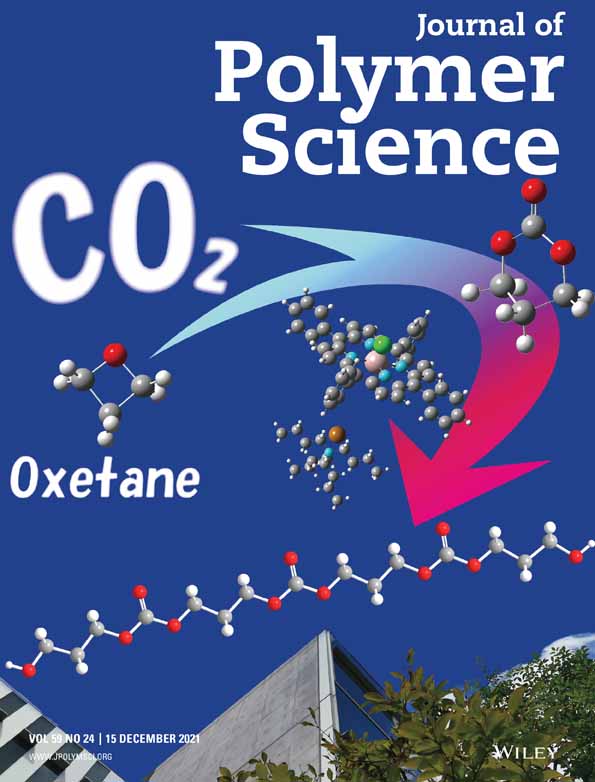Side-chain induced chirality in diketopyrrolopyrrole based polymers
Soham Maity and Anjan Bedi contributed equally to this work.
Abstract
Chiral all-π-conjugated conducting polymers are of significant importance because of their promising aspects ranging from organic electronics, organic spin filters, efficient water splitting materials, magneto-optic materials to circularly polarized light emitters. Here, we report the synthesis and characterization of the first series of diketopyrrolopyrrole based chiral low band-gap alternating copolymers. Alongside characterizations by UV and CD spectroscopy, AFM and FESEM were further performed to understand the morphology of the optically active polymers. The stereochemistry of the side-chains on TDPP unit played a pivotal role in determining chiroptical properties and supramolecular self-assembly of the copolymers in solution which lead to layer-by-layer helical morphology in solid-state. Interestingly, D-A intramolecular charge transfer transition showed Cotton effect with bimodal nature, which is remarkably stronger than the π-π* transition.
Graphical Abstract
Open Research
DATA AVAILABILITY STATEMENT
Data available in article supplementary material pol20210601-sup-0001-supinfo.pdf.





